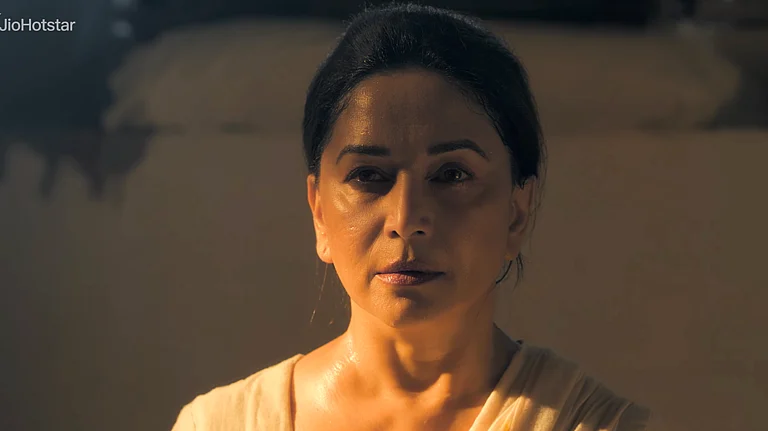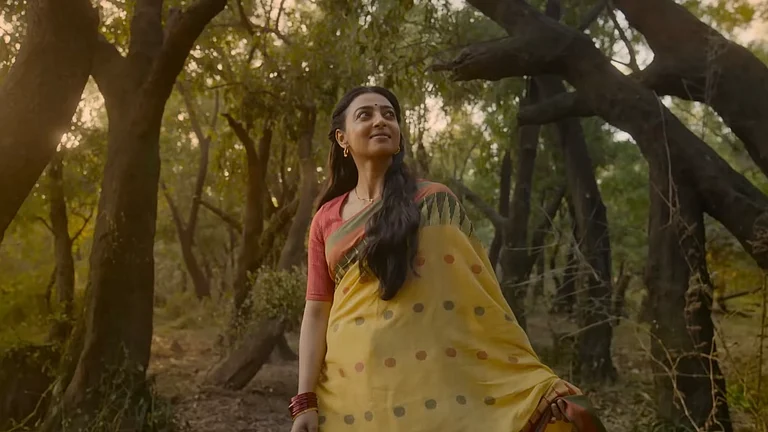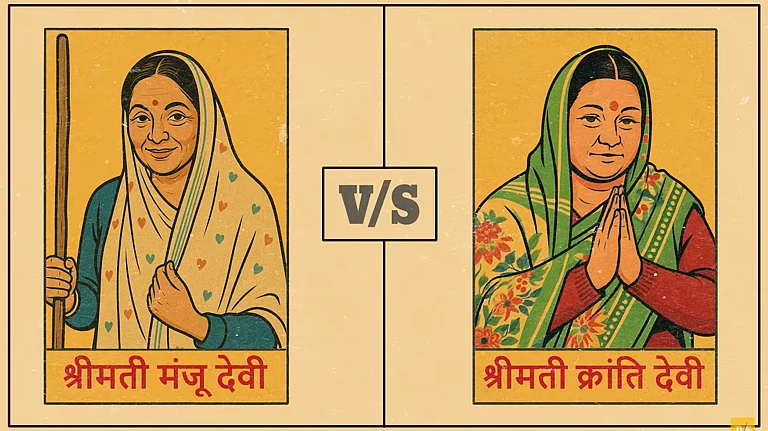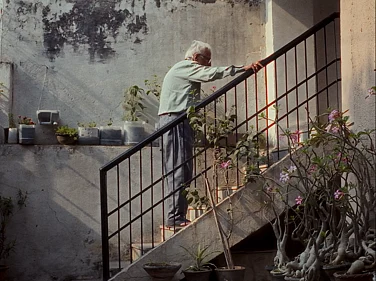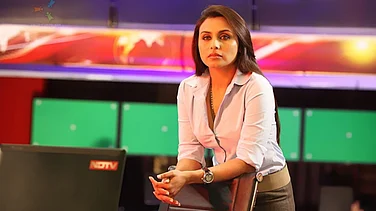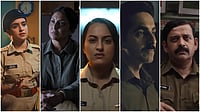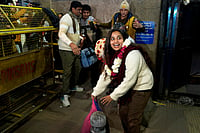YRF’s Mandala Murders on Netflix has all the hallmarks of a murder mystery: there’s a cult, a vague prophecy to fulfil, women who are called witches by the townsfolk, pentagram-adjacent symbols, and dead bodies being cropped for parts and laid out in disturbing geometric shapes. There are portals glowing in the dark, men with scars guarding them, and whispery assassins flying about.
For all its designer sets and curated paraphernalia of stolen ideas, Mandala Murders is depthless, derivative, and thoroughly unenjoyable. It is a copy-paste cult drama with no pulse.
The myth-making is as wannabe and half-baked (more like quarter-baked actually) as the world-building is insipid. Worst of all, there is no tension—neither between the characters nor in the story itself.
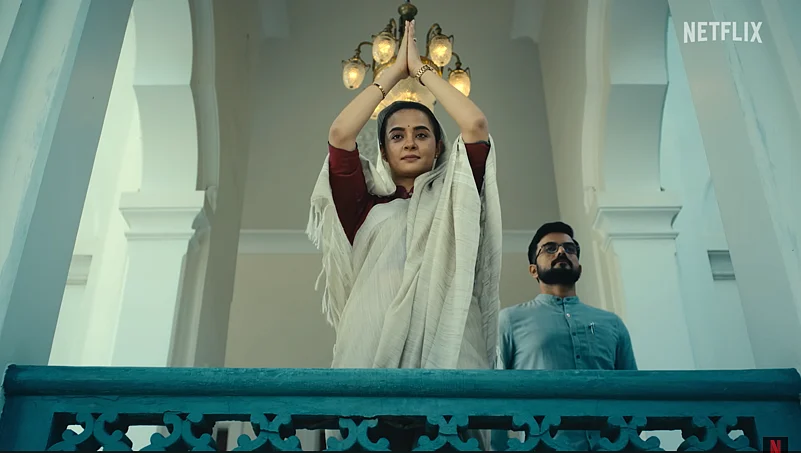
Set in the fictional town of Charandaspur, the show follows detective Rea Thomas (Vaani Kapoor) and Vikram Singh (Vaibhav Raj Gupta) as they attempt to untangle a series of ritualistic killings and odd disappearances. There's Ananya Bhardwaj (Surveen Chawla), a political figure with unclear motives right out of Mirzapur (2018), and an occult-obsessed hippie Jimmy Khan (Jameel Khan).
The worst thing about the series is that there’s no one to root for. One can’t feel for or care about the fate of any of the characters. Rea Thomas is as flat a protagonist as they come. Her “one big trauma” is relayed through predictable flashbacks and tired tropes. Vikram Singh comes with a backstory borrowed from every tortured cop template.
Each episode reveals a little more about a decades-old conspiracy, involving a cult obsessed with universal energy and finding ways to channel it to give physical form to their god, Yast. His lore is not explained at all. We are told—like everything else in this series that is told and not shown—Yast calls to only those he deems worthy. It is mostly women who seem to worship him. For all the boons he grants, he seems to collect a heavy price and none of his followers question it.

The show clearly wanted to be several things at once: part occult thriller, part police procedural, part feminist allegory, and part socio-political drama. But it fails to do justice to any of these themes.
For one, nothing in the first three episodes—arguably your hook window for any series—is actually exciting, novel, or emotionally gripping. Everything is a gimmick. Nothing is rooted in any emotional or narrative depth.
The dialogue is a particular low point. In one unintentionally hilarious scene, a character compliments another’s earrings, only to follow it up with what is apparently a burn: “You must not be that busy since you have time to shop.” Then there's the whole thing where one character says something in Hindi, only for another to repeat the same line in English. It’s the kind of clunky chicanery that turned Dhadkan (2000) into a meme-fest.

Even stalwarts like Raghubir Yadav are lost in the mess. You can tell, he possibly showed up just for the pay cheque. It is a YRF production after all.
Yadav’s character appears only fleetingly, mostly as a red herring, and looks like he’s doing his best with material that simply doesn’t rise to his stature. The same can be said for Shriya Pilgaonkar, who appears up a few times throughout the show looking like a Sanjay Leela Bhansali extra.
Many corners of Charandaspur are dressed like an Instagram dream—they don’t look lived-in but are quite aesthetic. There are no scuff marks, no textural memory.
Mandala Murders tries to flirt with feminism, but how it’s done is baffling. For what it’s worth, several of the male characters are condescending, creepy, and entirely slap-able. There's a cult that values “science” but deifies the perfect man—a bizarre mashup. The show could've had something to say about gendered power, techno-masculinity, or the historical persecution of women labelled as witches. But it lacks the intellectual rigour or clarity to make those connections. Any feminist allegory, like the rest of the series, collapses under the weight of its own superficiality.

Mandala Murders has nothing new to add to the genre nor does it do anything exciting with what already exists in it. The show also borrows heavily from better works shamelessly. The portal-guarding scarred man could be from Chandrakanta (1994) or Alif Laila (1994). There are submerged faces in weird concoctions that echo the Faceless Men from Game of Thrones (2011). The symbols and mythos feel like a lazy collage of Dark (2017) and every post-Sacred Games (2018) thriller trying to reach for significance through Sanskrit shlokas and soft lighting. There’s no shame in borrowing. All the best directors do it. But Mandala Murders does it without understanding how it works. It takes an apple and shows you an apple without even trying to make a pie out of it.
If you want eerie towns, esoteric cults, and detectives chasing twisted truths, there are better shows out there.
Debiparna Chakraborty is a film, TV, and culture critic dissecting media at the intersection of gender, politics, and power.









